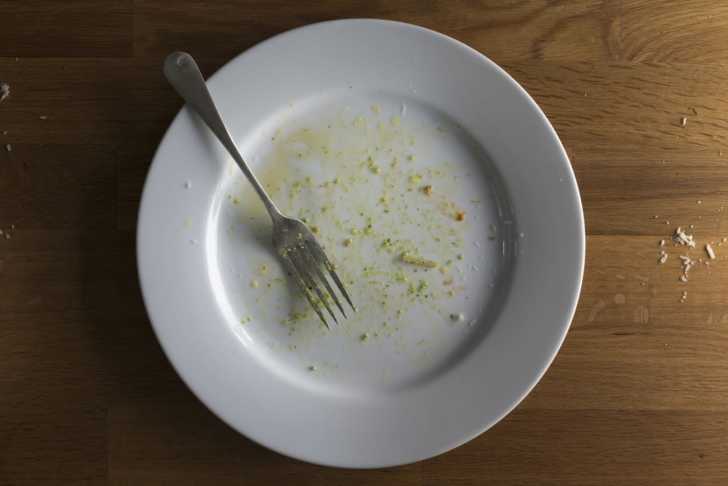Avoiding holiday weight gain
What can you do to set yourself up for holiday eating success? Here are seven tips for being as intuitive as you can at avoiding holiday weight concerns.
4. Moderate holiday cocktails.

Hopefully this tip doesn’t feel too challenging, because if you drink holiday cheer in moderation it won’t add up to a bunch of excess calories. What is moderation? The CDC and the USDA define moderation with alcohol as one drink per day for women and two drinks per day for men. One drink equals twelve fluid ounces of 5% alcohol beer, five fluid ounces of 12% alcohol wine, or one and a half ounces of eight proof 40% hard alcohol. So yes, the rich holiday drinks that we love do pack more of a caloric punch (the brown sugar, butter and spices that make hot buttered rum so yummy makes it a 300 – 350 calorie drink) than our everyday drinks. But if consumed in moderation, it won’t add up to holiday weight gain.
[Related: 5 Healthy Twists on Popular Drinks]
5. Focus on your favorites.

When we attend sporting events, trivia night at the pub, or karaoke competitions it is very clear whether or not we are spectating or participating. Do you have the same clarity about your eating? To truly participate in eating means being intentional about seeking out and plating what you want, not passively scooping up an appetizer or casserole that comes your way. Ask yourself if you will enjoy it, and if not, skip it. Eat what you love.
6. Pay attention to hunger and satiety.
The authors of the book Intuitive Eating describe a hunger and fullness rating scale. Aim to stay between a three (gentle hunger, not ravenous) and seven (comfortably full) on the scale:
- Ten = completely stuffed, AKA “Thanksgiving full”
- Nine = extremely full and uncomfortable
- Eight = a little too full, but probably only ate a few bites beyond comfortable fullness
- Seven = the sweet spot. This is where we feel satisfied and pleasantly full because we ate delicious food and did not overeat.
- Six = somewhat full, but there’s room for a little more
- Five = neutral, no sense of hunger and no feelings of fullness
- Four = slightly hungry, you could eat now or wait a little longer
- Three = time to eat a delicious meal (or if it’s not mealtime yet, a snack to hold you over)
- Two = blood sugar is dropping, getting ravenous, and eating slowly will be very difficult
- One/Zero = avoid this if possible! Hangry and eating slow will feel impossible.
7. Give up your membership to the Clean Plate Club.

“Clean your plate, there are starving kids in Africa”. We all heard this growing up and it can mess with our heads as adults. The habit of cleaning our plate can result in overeating (and eating past a seven on the hunger scale). If it’s too difficult to leave food on your plate, try starting with a smaller amount and going back for more if you are still hungry.
SKM: below-content placeholderWhizzco for CRH

